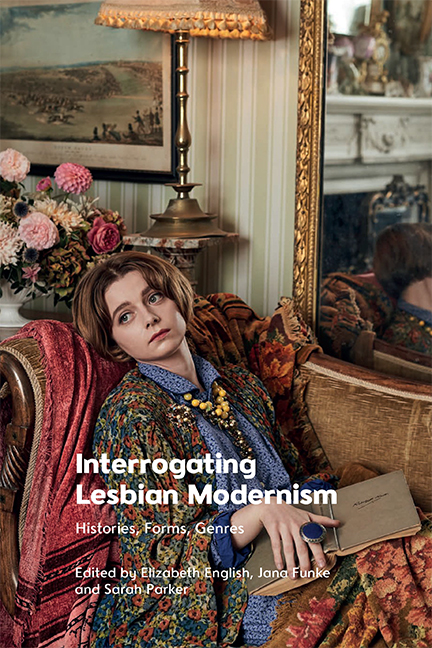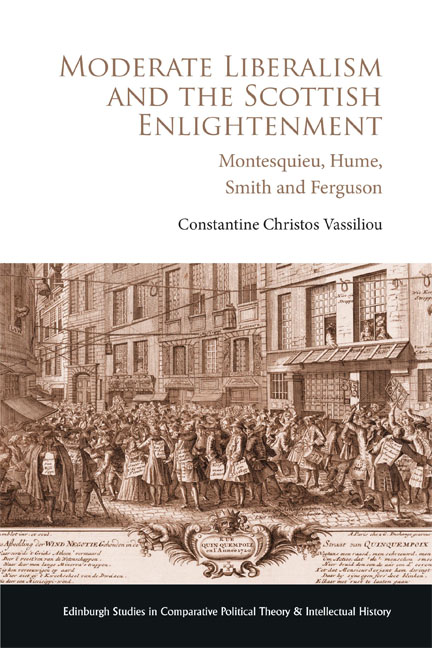Refine listing
Actions for selected content:
28471 results in Edinburgh University Press

Time, Duration and Eternity in Spinoza
-
- Published by:
- Edinburgh University Press
- Published online:
- 07 March 2025
- Print publication:
- 30 September 2023

Social Justice and the Language Classroom
- Reflection, Action, and Transformation
-
- Published by:
- Edinburgh University Press
- Published online:
- 07 March 2025
- Print publication:
- 01 May 2023

Martialling Peace
- How the Peacekeeper Myth Legitimises Warfare
-
- Published by:
- Edinburgh University Press
- Published online:
- 07 March 2025
- Print publication:
- 01 June 2023

The Alhambra at the Crossroads of History
- Eastern and Western Visions in the Long Nineteenth Century
-
- Published by:
- Edinburgh University Press
- Published online:
- 07 March 2025
- Print publication:
- 31 January 2024

Displacement and Erasure in Palestine
- The Politics of Hope
-
- Published by:
- Edinburgh University Press
- Published online:
- 07 March 2025
- Print publication:
- 01 August 2023

Psychic Connection and the Twentieth-Century British Novel
- From Telepathy to the Network Novel
-
- Published by:
- Edinburgh University Press
- Published online:
- 07 March 2025
- Print publication:
- 31 January 2024

Mission, Race and Colonialism in Malawi
- Alexander Hetherwick of Blantyre
-
- Published by:
- Edinburgh University Press
- Published online:
- 06 March 2025
- Print publication:
- 30 April 2023

Performative Opacity in the Work of Isabelle Huppert
-
- Published by:
- Edinburgh University Press
- Published online:
- 06 March 2025
- Print publication:
- 19 May 2023

Ageing, Dementia and Time in Film
- Temporal Performances
-
- Published by:
- Edinburgh University Press
- Published online:
- 06 March 2025
- Print publication:
- 01 February 2023

The Court of the Caliphate of al-Andalus
- Four Years in Umayyad Córdoba
-
- Published by:
- Edinburgh University Press
- Published online:
- 06 March 2025
- Print publication:
- 19 May 2023

Choose Your Bearing
- Édouard Glissant, Human Rights, and Decolonial Ethics
-
- Published by:
- Edinburgh University Press
- Published online:
- 06 March 2025
- Print publication:
- 30 August 2023

The View from Above in American Literature
- Aerial Description, the Imaginary and the Form of Environment
-
- Published by:
- Edinburgh University Press
- Published online:
- 06 March 2025
- Print publication:
- 31 January 2024

Historical Media Memories of the Rwandan Genocide
- Documentaries, Films, and Television News
-
- Published by:
- Edinburgh University Press
- Published online:
- 06 March 2025
- Print publication:
- 31 January 2024
-
- Book
- Export citation

French Westerns
- On the Frontier of Film Genre and French Cinema
-
- Published by:
- Edinburgh University Press
- Published online:
- 06 March 2025
- Print publication:
- 08 January 2023

Interrogating Lesbian Modernism
- Histories, Forms, Genres
-
- Published by:
- Edinburgh University Press
- Published online:
- 06 March 2025
- Print publication:
- 01 June 2023

Moderate Liberalism and the Scottish Enlightenment
- Montesquieu, Hume, Smith and Ferguson
-
- Published by:
- Edinburgh University Press
- Published online:
- 06 March 2025
- Print publication:
- 31 July 2023

Cinema, Culture, Scotland
- Selected Essays
-
- Published by:
- Edinburgh University Press
- Published online:
- 05 March 2025
- Print publication:
- 31 January 2024

ReFocus: The Films of Kim Ki-young
-
- Published by:
- Edinburgh University Press
- Published online:
- 05 March 2025
- Print publication:
- 30 April 2023

ReFocus: The Films of Wes Craven
-
- Published by:
- Edinburgh University Press
- Published online:
- 05 March 2025
- Print publication:
- 04 July 2023

George Craig of Galashiels
- The Life and Work of a Nineteenth Century Lawyer
-
- Published by:
- Edinburgh University Press
- Published online:
- 05 March 2025
- Print publication:
- 31 May 2023
